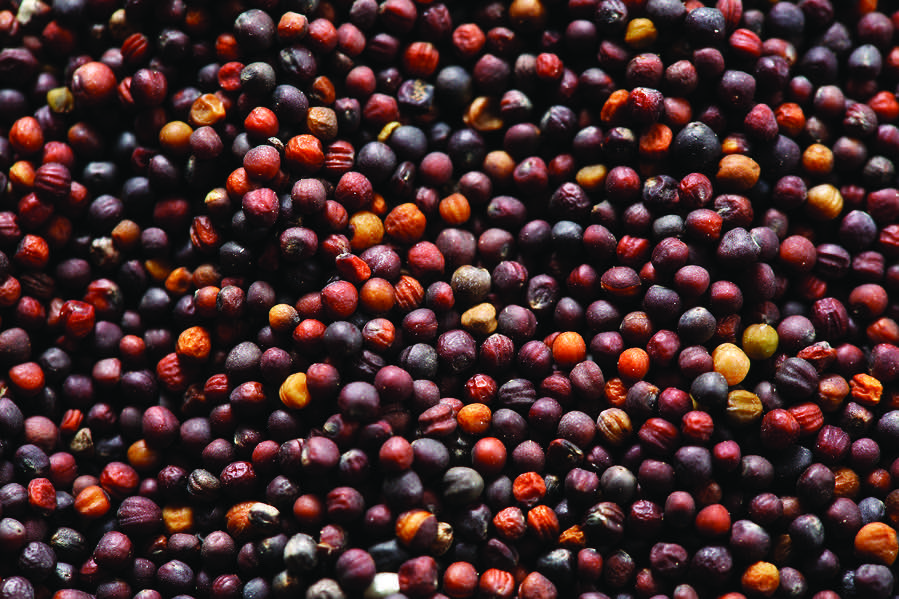ICE canola futures touched their lowest levels in more than a year on Nov. 20, but managed to uncover some support to the downside and were relatively steady on the week by Friday, Nov. 23.
Activity, however, was thin and choppy, with markets in the U.S. closed for part of the week due to the U.S. Thanksgiving holiday. Soybeans and canola were both lower Monday morning when activity resumed after the holiday.
Farmer canola deliveries have slowed down from the levels seen during the height of the harvest, but supplies are still coming into the commercial pipeline at a good pace. Concerns over the quality of later-harvested crops had producers looking just to move some canola rather than store it over the winter.
Read Also

Manitoba boosts stake in cereals centre to $23.5 million
Premier Wab Kinew said the additional project funds will help ‘Trump-proof’ the provincial economy.
Producer deliveries during the week ended Nov. 18 came in at 325,200 tonnes, down slightly from the previous week and the lowest since the end of September. However, exports and the domestic crush were also down on the week, with total end-user demand starting to fall off the year-ago pace. Visible supplies in the commercial pipeline edged up to 1.35 million tonnes, which should limit any significant nearby buying interest.
Bearish technical signals should also temper any chances for an upside bounce in canola, with speculators growing their net short positions in the market.
The January contract sees major support around the $470-per-tonne level, but has room to fall to $450, according to analysts.
Heading through the winter months, canola will take more direction from outside factors such as the Chicago soy market and South American growing conditions.
Soybean planting in Brazil has run well ahead of normal for this time of year, with the early start adding to expectations for a large crop in the country.
Both Brazil and Argentina have seen increased export demand as the trade war between the U.S. and China has led to a shift in global flow of soybeans.
Chinese President Xi Jinping and U.S. President Donald Trump are expected to meet at the G20 summit being held in Buenos Aires from Nov. 30 to Dec. 1, with trade relations at the top of the two leaders’ agendas. Opinions are divided over whether anything constructive will come of the meeting, but any news one way or the other should sway the agriculture markets.
Corn futures trended lower during the Thanksgiving holiday week, while wheat values managed to recover off of nearby lows. Export demand finally shows signs of picking up for U.S. wheat, as prices look more competitive on the global market.
















